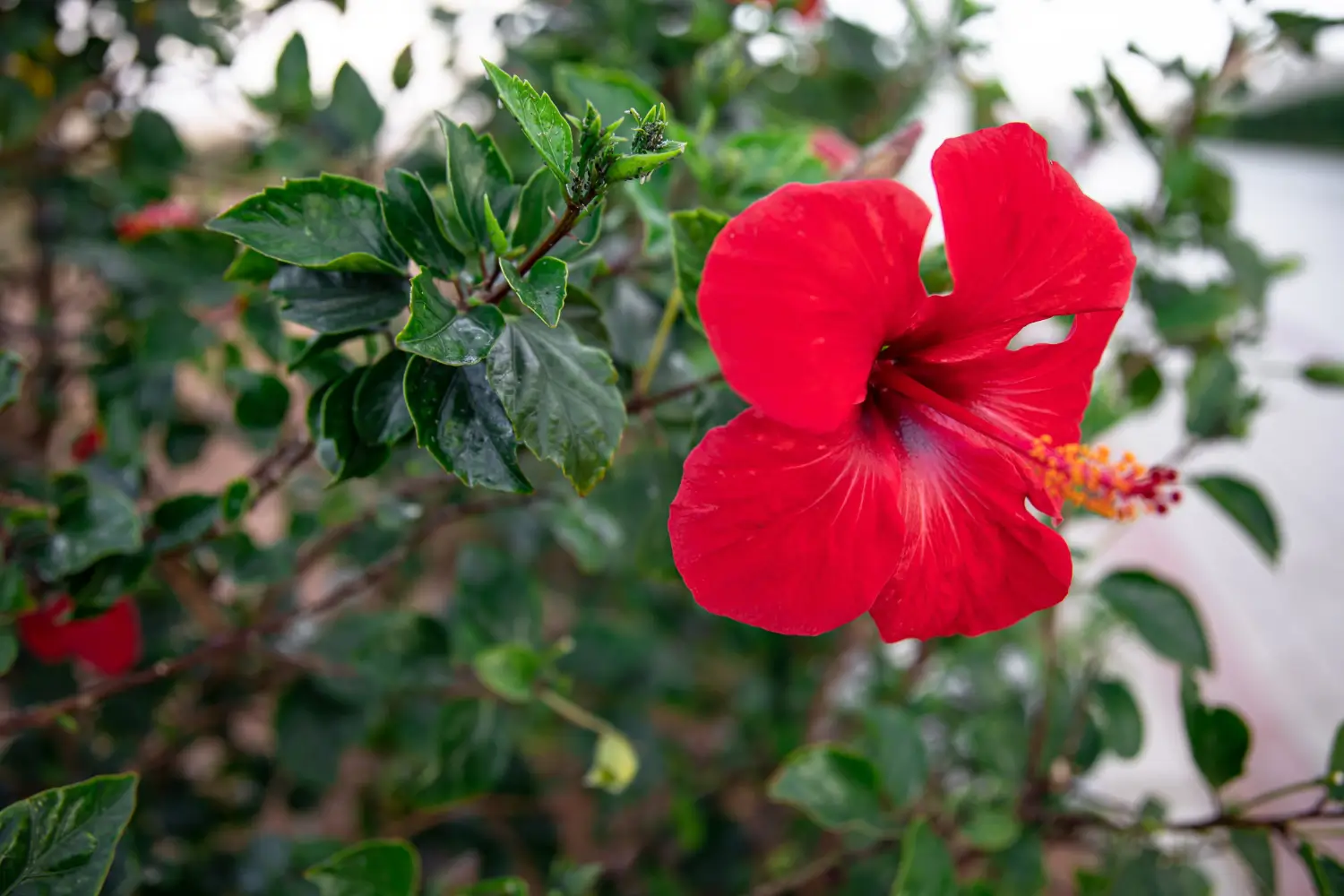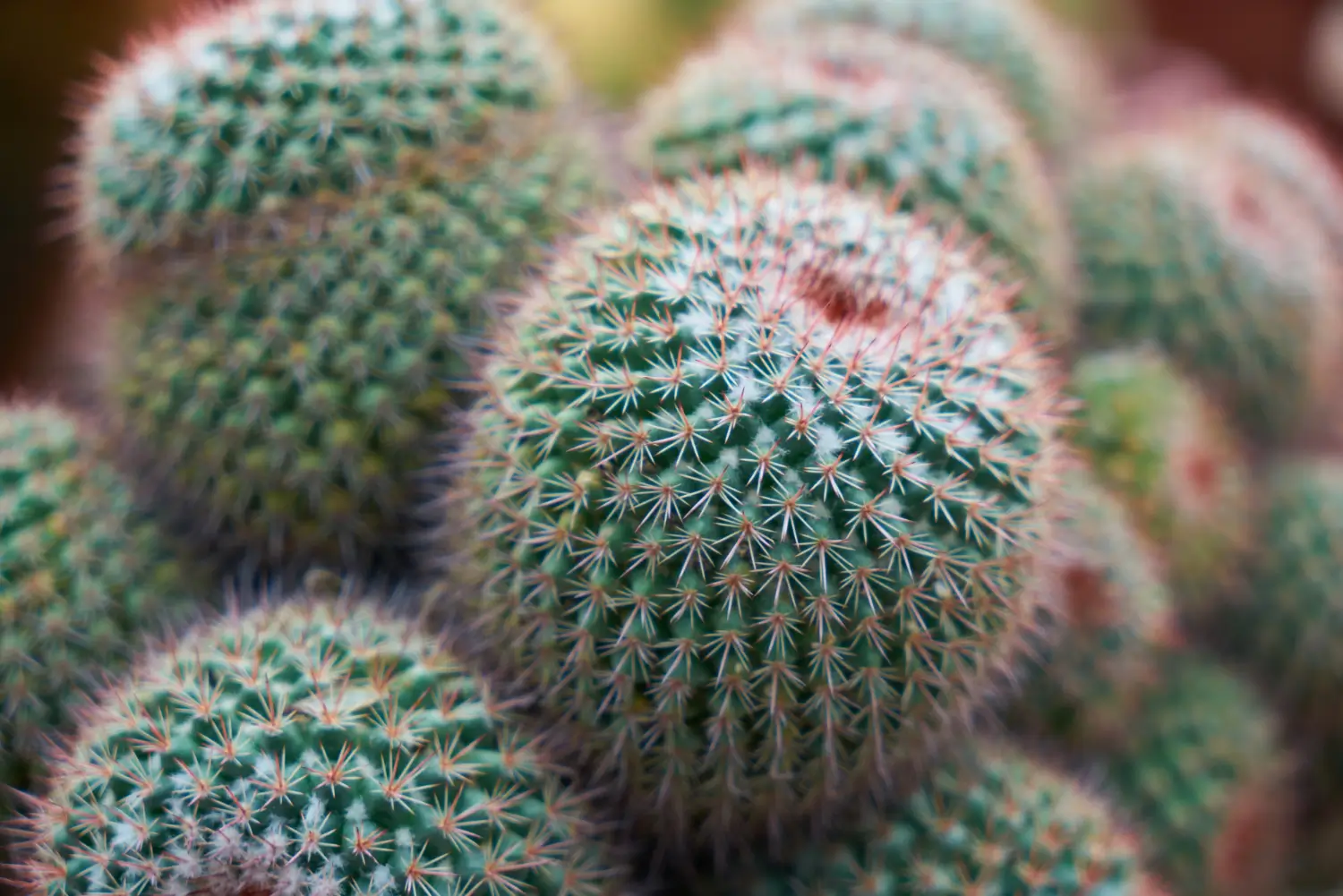
Soil Health & Fertilization
We unite suppliers and green industry professionals worldwide
Few plants offer the tropical drama of Hardy Hibiscus while being tough enough to survive freezing winters.
By Victor Miller
|Published on June 15, 2025


Few plants offer the tropical drama of Hardy Hibiscus while being tough enough to survive freezing winters. With show-stopping, enormous blooms on this perennial — some flowers reaching up to 12 inches wide — add masses of color to the landscape from mid to late summer. Unlike tropical hibiscus varieties, Hardy Hibiscus can be grown in the ground over the winters in USDA zone 4, so it’s a perfect choice for those who want the tropical look but little work.
This low-maintenance beauty is native to North America and likes moist soil, full sun and warm summer temperatures. It brings in hummingbirds, butterflies and other pollinators, and its dark green, maple-like leaves are crisp textural contrasts in the absence of flowers. If you want a showy, easy-care perennial that returns year after year, then Hardy Hibiscus is an organic must-have.
| Botanical Name | Hibiscus moscheutos |
| Common Name | Hardy Hibiscus, Rose Mallow, Swamp Mallow |
| Mature Size | 3 to 6 feet tall, 2 to 4 feet wide |
| Light Needs | Full sun |
| Soil | Well-draining, nutrient-rich, and moist |
| Watering Needs | High; prefers consistently moist soil |
| Hardiness Zones | 4–9 |
| When it blooms | Mid to late summer |
| Color | Red, pink, white or bi-color with dark centers |
| Growth Rate | Fast |

September 25, 2025
9 minute read
September 24, 2025
9 minute read
September 23, 2025
10 minute read
September 22, 2025
9 minute read


Join as a seller and connect with thousands of B2B buyers nationwide!
Sign Up

Xyris
Xyris (Xyris spp.), also known as Yellow-eyed Grass, is an attractive perennial native to wetlands and marshes.

African Spear Plant
The African Spear Plant (Sansevieria cylindrica), also known as cylindrical snake plant or spear sansevieria, is a hardy, architectural succulent native to Angola.

Ball Cactus
The Ball Cactus (Parodia magnifica and related species in the Notocactus group) earns its name from its globe-like form and neatly spaced ribs, giving it the appearance of a botanical sculpture

Balloon Flower
The Balloon Flower (Platycodon grandiflorus) is an easily grown perennial that presents its balloon-like buds, which erupt into 5 petaled star shaped flowers
Hardy Hibiscus is surprisingly easy to maintain —if given a lot of sun and moisture. Once truly established, it rewards you with months of jaw-dropping blooms and a tough, adaptable nature that makes it a standout in gardens in many climates.
For the largest blooms and healthiest plants, Hardy Hibiscus wants at least 6-8 hours of full sun a day. If grown with partial shade, flowering will be greatly hampered. It likes warm, sunny places with good air circulation.
For strong root development and continuous blooming, the soil should be rich and well-draining.
This plant loves moisture! It grows best when the soil is kept moist (but not soggy) — especially in hot summer months. If the soil dries out, flowering may slow or even stop. However, beware of waterlogging, as roots will rot in standing water.
Pruning helps maintain shape, encourages bushier growth and drives more blooms.
Not to be confused with tropical hibiscus, Hardy Hibiscus dies back in winter, so don’t be alarmed if it looks dead — fresh shoots will come from the base in spring!
The best way to propagate Hardy Hibiscus is through division or stem cuttings.
Hardy Hibiscus also does well in containers if you don’t have a huge garden to work with, and also it’s great for patios and balconies.
Hardy Hibiscus is cold-hardy, so it needs little to no winter protection, but a few simple steps will guarantee healthy growth come spring.
The most impressive feature of Hardy Hibiscus are its incredible blooms, which can be up to the size of dinner plates. Flowers bloom for just a day, but the plant will produce new ones each day for weeks.
To maximize blooming:
Hardy Hibiscus, unlike tropical hibiscus, does not bloom all year round, but that's okay because when they do bloom, they put on a late-season show you won't forget soon.
Although Hardy Hibiscus is usually disease-resistant, it can face a couple of issues.
These problems are minor with the right care, and Hardy Hibiscus is a solid and resilient performer in the garden.
Hardy Hibiscus is an easy-to-grow perennial that adds a tropical touch to summer gardens, turning them into colorful, pollinator-friendly havens with its gigantic late summer blooms. Planted in borders, containers or near water features, its dramatic blooms and cold-hardiness makes it a garden must-have for gardeners at all abilities.
No: Hardy Hibiscus (Hibiscus moscheutos) is a cold-hardy perennial that comes back after winters in zones 4-9, whereas Tropical Hibiscus (Hibiscus rosa-sinensis) is an evergreen shrub for warm climates (zones 9-11).
It might want more light, regular watering or a lighter hand with the nitrogen-rich fertilizer. Frosts late to spring can also slow blooming.
The best time is spring, after the last frost, so the plant establishes itself before winter.
Yes, if frost has hit, trim off the dead stems to keep the plant looking tidy and free of disease.

Soil Health & Fertilization
Victor Miller

Pest Identification & Prevention
Victor Miller

Lawn Care Tips & Maintenance
Victor Miller

Soil Health & Fertilization
Victor Miller

Smart Irrigation Systems
Victor Miller

Patios, Walkways & Driveways
Victor Miller

Soil Health & Fertilization
Victor Miller

Pest Identification & Prevention
Victor Miller
My Account
Our team is always here to help.
We are open Monday - Friday, 9:00 AM to 4:30 PM PST.